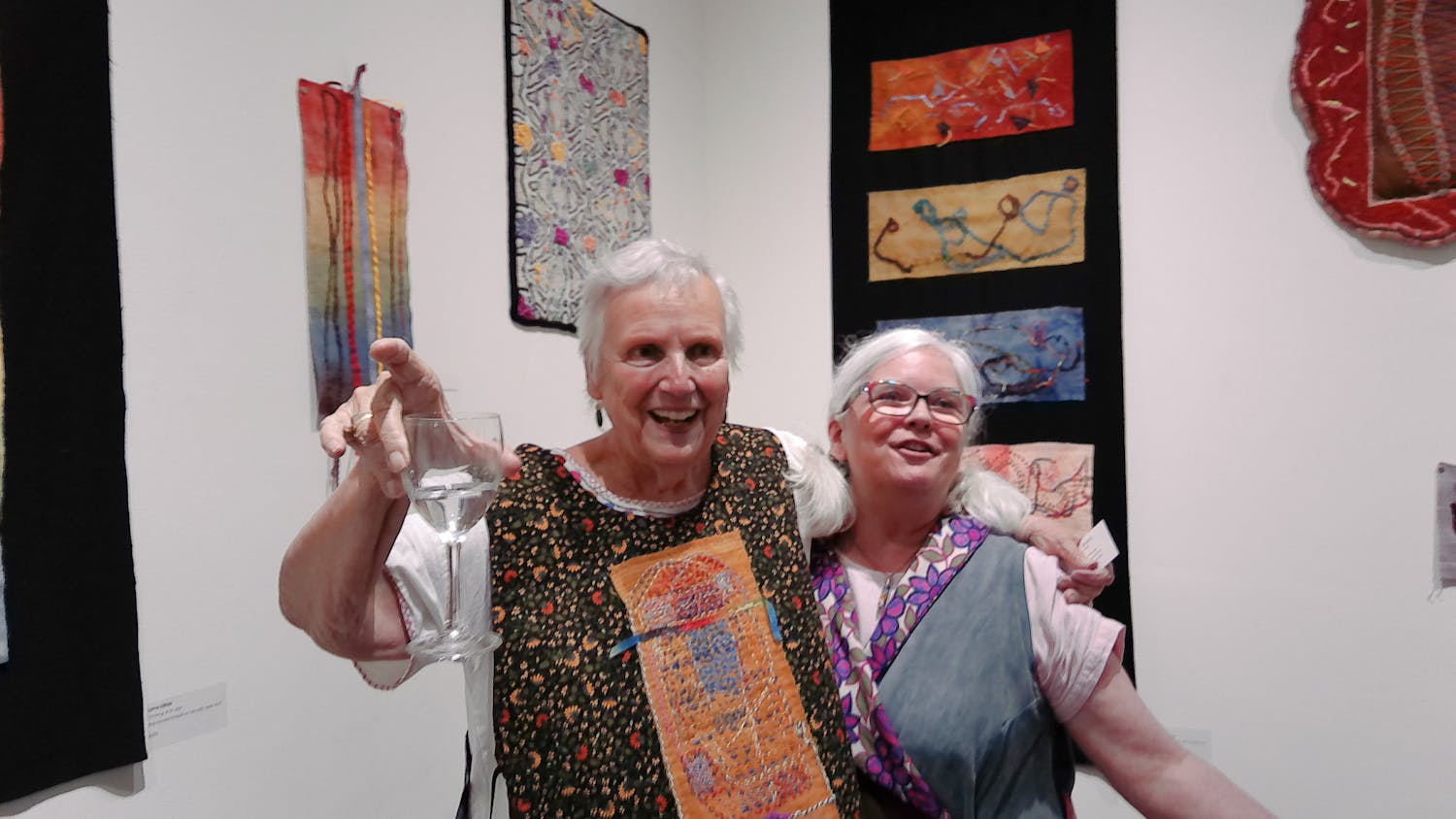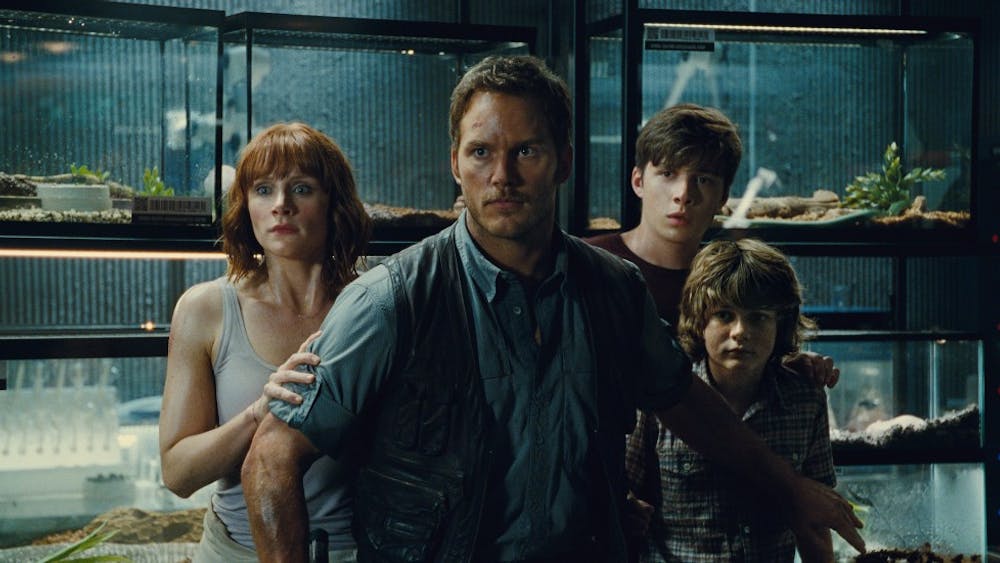Anyone can start a food cart.
All you do is make some food, put it in a cart and sell it to drunk people outside bars. It’s simple.
Nick Palmiotto disagrees.
“A lot of people have the notion that, ‘Oh, it’s a lot of drunk people who go out there. You’ll make a killing,’” Palmiotto said. “Drunk kids are surprisingly frugal. They go after the best deal.”
Palmiotto co-owns Naughty Dog, a local hot dog store on Bloomington’s west side.
Shortly after the store opened in 2009, the owners started a food cart to serve hot dogs Thursdays through Saturdays at the corner of Seventh and Walnut streets.
They’ve been doing well, Palmiotto said, but the cart doesn’t take in enough revenue to stand on its own.
“Actually, we had the idea of just doing vending carts, but you have to build a kitchen anyway,” he said. “Commercial equipment is so freaking expensive, but it’s worked out nice for us.”
While the food cart industry is on the rise — Entrepreneur.com reports more than 5 million food carts in the United States as of July 2011 — Palmiotto said the Bloomington food cart scene isn’t as large as some think.
Palmiotto said most food carts that stand alone without a storefront don’t last long. There are only two places to put them that would get enough foot traffic — on Kirkwood Avenue and at the corner where Naughty Dog is set up — and new food-cart owners are surprised when they don’t make as much money as they thought.
“They go out there from midnight to four in the morning, and they’re not making as much as they thought they could,” Palmiotto said. “You can’t ignore the health department, you can’t ignore the city, you have to play by the rules. They just start doing it.”
Naughty Dog’s food cart serves as advertising for the store and gets the restaurant’s food closer to campus and east-side residents. But even with the benefit of having a store, Palmiotto said the food cart faces competition from restaurants near the bars that also sell food until 3 or 4 a.m. and maintain high food costs.
“What most people think is it’s a gold mine, and it’s really not,” Palmiotto said. “It’s definitely nice. It helps. It’s one more revenue stream that helps, but we couldn’t survive on it, by no means.”
Naughty Dog

Get stories like this in your inbox
Subscribe





